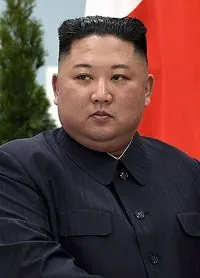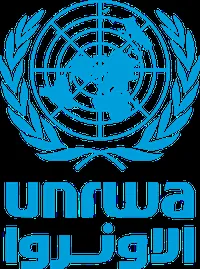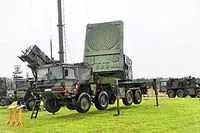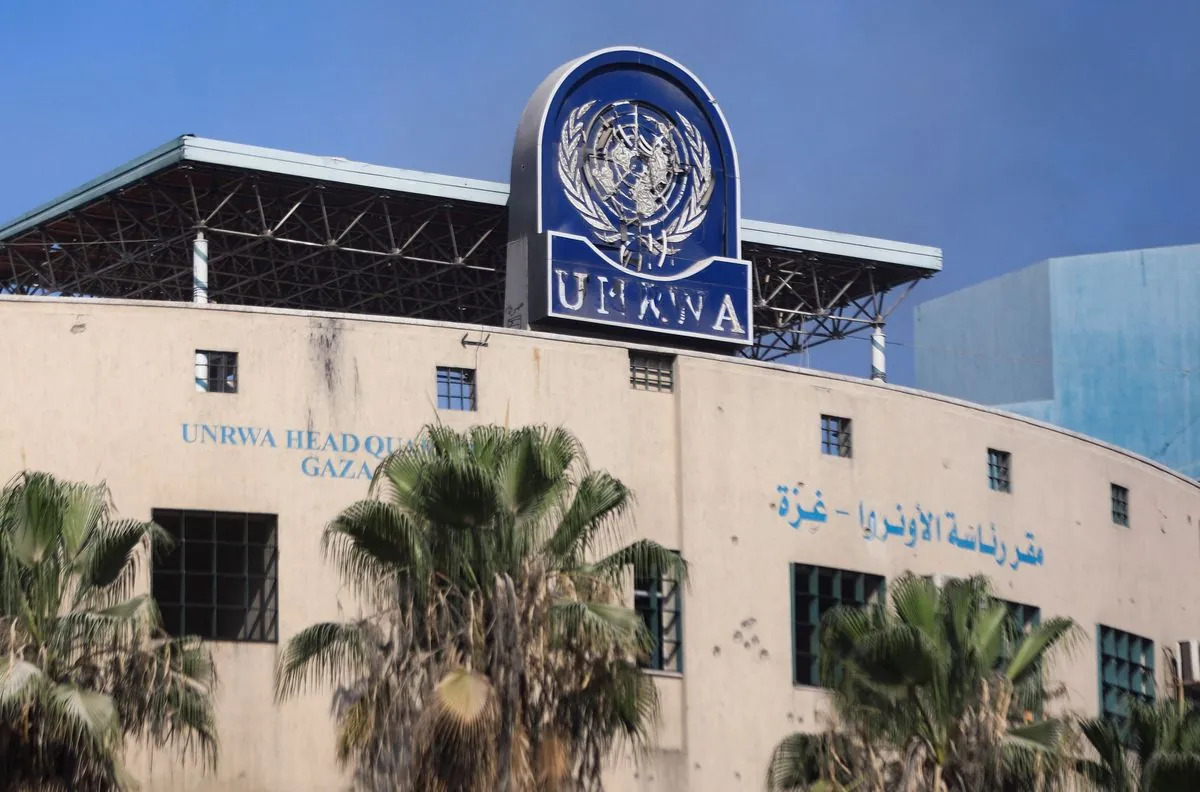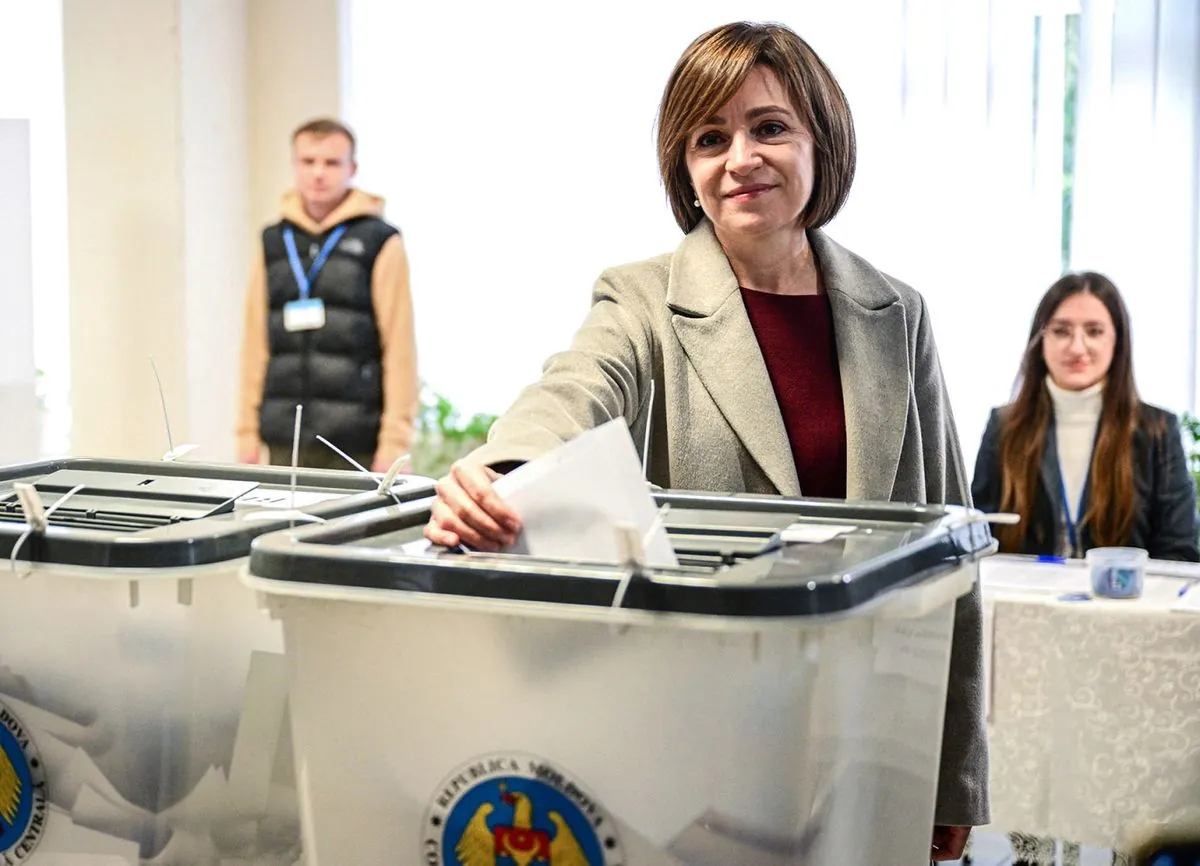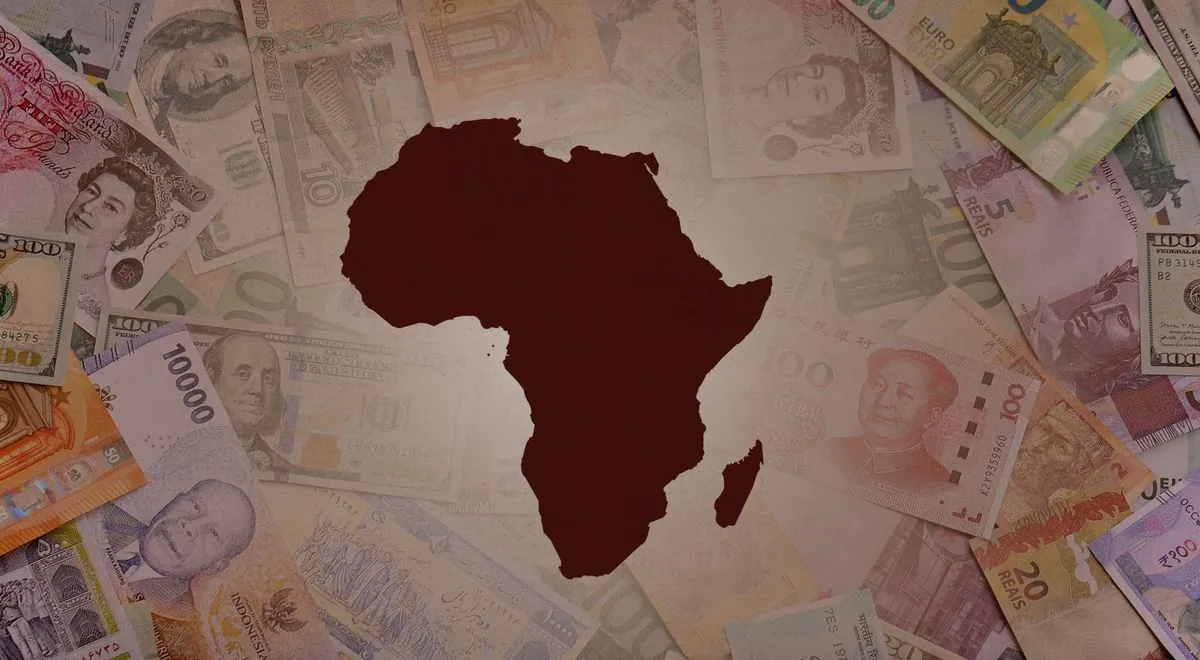North Korea's Nuclear Arsenal Expands, South Korean Intelligence Reports
South Korean intelligence reveals North Korea's growing nuclear capabilities and missile advancements. Kim Jong Un's recent actions signal defiance amid economic challenges and upcoming U.S. elections.
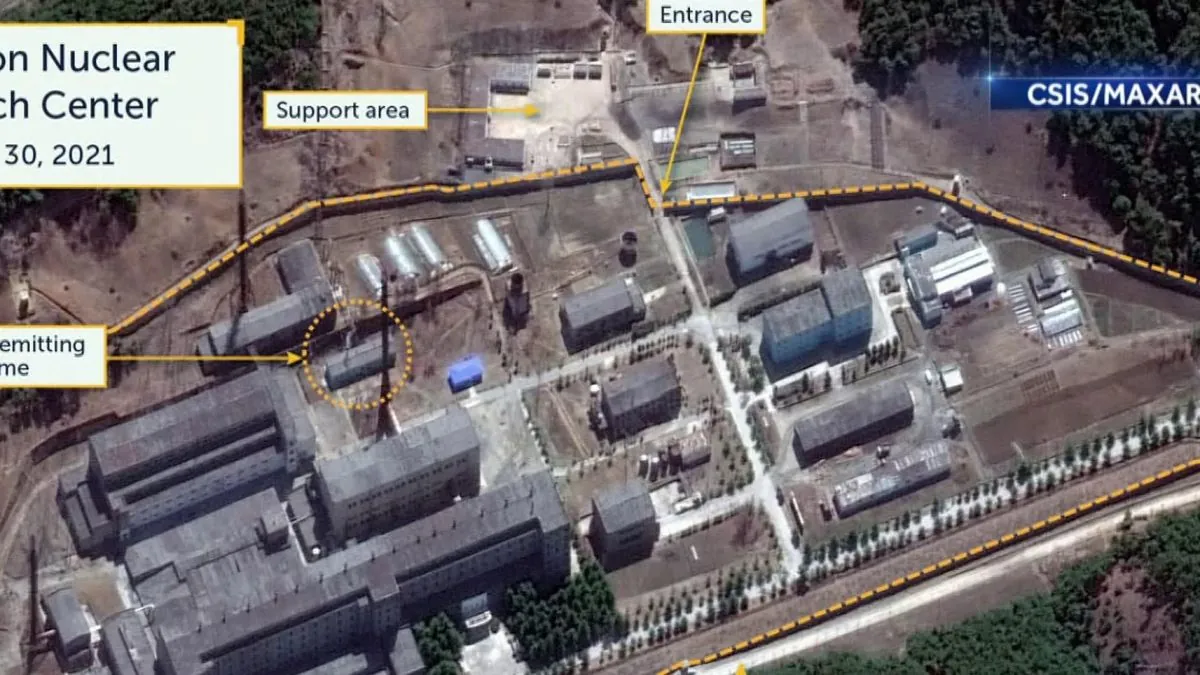
South Korean intelligence has reported significant advancements in North Korea's nuclear and missile programs, indicating a growing threat to regional stability. According to a recent briefing by the National Intelligence Service (NIS) to South Korean lawmakers, North Korea has likely amassed enough enriched uranium to construct a "double-digit" number of nuclear weapons.
The NIS assessment comes in the wake of Kim Jong Un's recent visit to a uranium enrichment facility, which occurred on September 13, 2024. This rare public disclosure is viewed as a deliberate show of defiance towards Washington, particularly in light of the upcoming U.S. presidential election. The timing of this revelation is noteworthy, as it marks approximately 18 years since North Korea conducted its first nuclear test in 2006, demonstrating the rapid progression of its nuclear capabilities.
According to the intelligence briefing, North Korea is estimated to possess around 70 kilograms (154 pounds) of plutonium and a substantial amount of weapons-grade uranium. This stockpile is believed to be sufficient for the production of at least ten nuclear weapons. It's worth noting that North Korea's nuclear program, which began in the 1950s, has been a source of international tension for decades, leading to multiple rounds of UN sanctions since 2006.
The uranium enrichment facility visited by Kim Jong Un is likely located in Kangson, near Pyongyang. This site, along with the Yongbyon Nuclear Scientific Research Center, is one of two known locations in North Korea linked to uranium enrichment activities. The Yongbyon complex has been a focal point of North Korea's nuclear program since its inception.
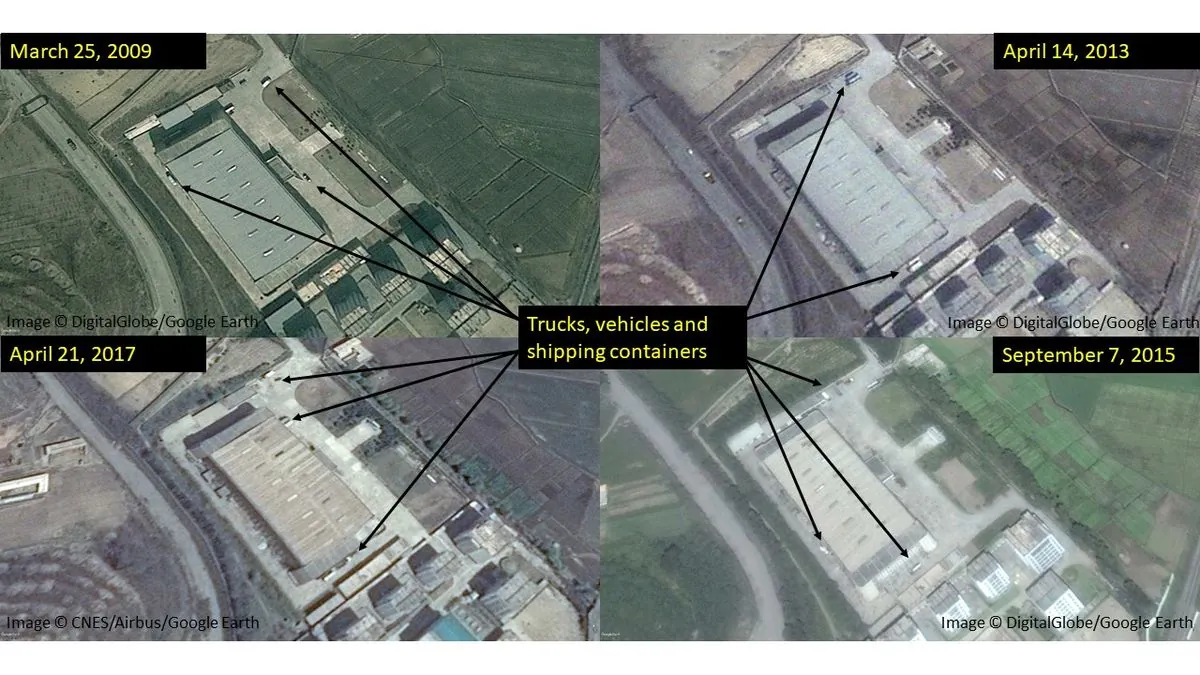
Following Kim Jong Un's facility visit, North Korea conducted missile tests on September 18, 2024. These tests involved two new types of missiles: one designed to carry "super-large" conventional warheads and another described as a "strategic" cruise missile, implying potential nuclear strike capabilities. These advancements suggest improvements in North Korea's precision strike abilities against South Korean targets.
"North Korea likely has about 70 kilograms of plutonium and an unspecified but considerable amount of weapons-grade uranium that would be enough to build at least a double-digit number of weapons."
The NIS briefing also touched on potential future actions by North Korea. While some analysts speculate about the possibility of a nuclear test before the U.S. presidential election, the South Korean intelligence agency believes North Korea might prioritize other provocative actions. These could include testing a long-range missile capable of reaching the U.S. mainland or launching a military reconnaissance satellite.
It's important to note that North Korea's nuclear and missile programs have evolved significantly since Kim Jong Un assumed leadership in 2011. The country has conducted over 100 missile tests during his tenure and claims to have developed advanced capabilities, including hydrogen bombs and miniaturized nuclear warheads. These developments, combined with North Korea's "military-first" policy known as Songun and its massive standing army, underscore the complex security challenges facing the region.
As tensions continue to simmer, the international community remains vigilant, with ongoing efforts to address the North Korean nuclear issue through diplomacy and sanctions. The situation underscores the delicate balance of power in Northeast Asia and the global implications of North Korea's nuclear ambitions.














